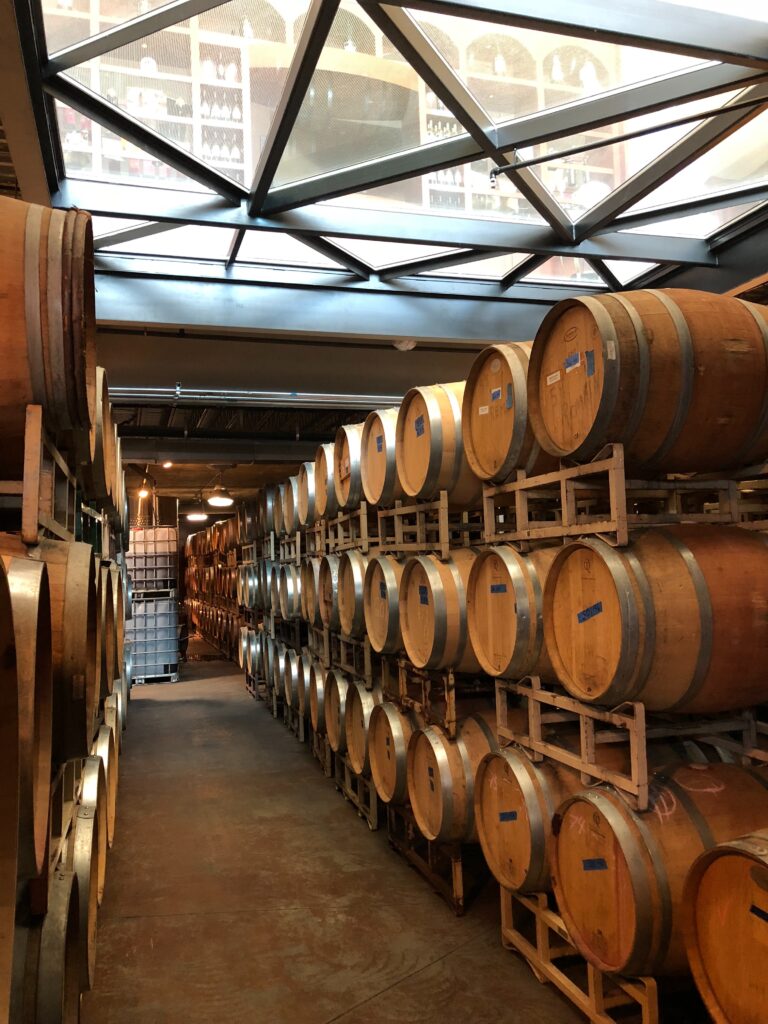Single-cask whisky has been aged for a certain amount of time in a single cask.
It means the spirit doesn’t get filtered and keeps its strength from the barrel. So, nothing gets in the way of the alcohol, and goes straigfht to the bottle.
On the other hand, a double-cask whisky was first aged in one cask and then moved to another cask to finish aging before being bottled.
On the other hand, triple-cask whisky is a spirit that has been aged in three casks before being bottled.

Main Differences
Meaning in the law
There are always labels on the bottles that say “single-cask,” “double-cask,” or “triple-cask,” but some whisky bottles are labeled differently because the law isn’t very clear about what those terms mean.
For example, whisky can be called “single-cask” even if it was aged in two casks (or barrels) of the same kind.
This is also true for spirits aged in the same kind of barrel and then put together in a bigger barrel before being bottled.
Production and Growth
Single-cask whiskies come from the same distillery where they were made.
Once it’s in a barrel, it can age anywhere as long as it’s still in Scotland.
Then, it is bottled at casks, which have a higher alcohol proof than double and triple cask spirits.
As for double- and triple-cask whisky, they are aged in barrels after being distilled.
After a while, the spirits are moved to a different barrel to finish getting old.
In some cases, a double cask also means that two whiskies from different casks are put into the same cask to age for more months or years. This is called “finishing.” Before being put into bottles, triple-cask whiskies were aged into three different casks.
And sometimes, three types of whisky aged in different barrels are mixed in a fourth, bigger barrel to finish aging before being bottled.
Notes on Taste
Palate: Triple-cask has layers of flavors, usually with butterscotch and vanilla notes, while double-cask is a good balance of sweet and fruity. On the other hand, single-cask tastes malty and slightly spicy.
Color: A single cask is usually a deep gold, a double cask is usually a golden amber, and a triple cask is yellow gold.
Finish: All single-, double-, and triple-cask whiskies have a lasting finish, but the triple cask is more complex and warm. Due to its high ABV, the single-cask can be harsh for some, while the double-cask has a fruity flavor.
Cask Type
Most of the time, American oak casks are used for the first stage of aging.
But double-cask and triple-cask whiskies usually use old sherry, port, or Madeira barrels for their second process.
Cask Finish
Most double-cask and triple-cask whiskies can be finished in a cask.
It’s the process of moving whisky from one cask to another so it can age for another time. Depending on the distillery, this process uses a different cask, such as the one used to hold wine.
So as you know, double-cask and triple-cask whiskies are often called “finished.”
Price & Value
Single-cask and triple-cask whiskies can cost more than double-cask spirits.
Since single-cask only comes from one cask, it can only make 180 to 600 bottles. This means there are few of them, which is why it costs more.
Whisky collectors and fans usually want these bottles because they are unique and hard to find.
Triple-cask whisky is also rare because it’s hard to get the flavors to go well together, so only a few bottles are made (depending on the distillery).
Because they are the most common, double-cask spirits are the most affordable.
Also, this is how whisky is usually made; there’s nothing special about it unless it’s a special edition or limited release.